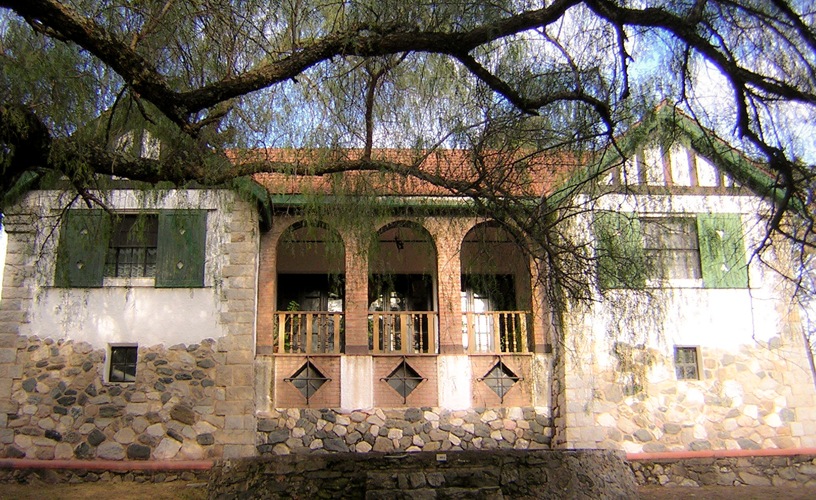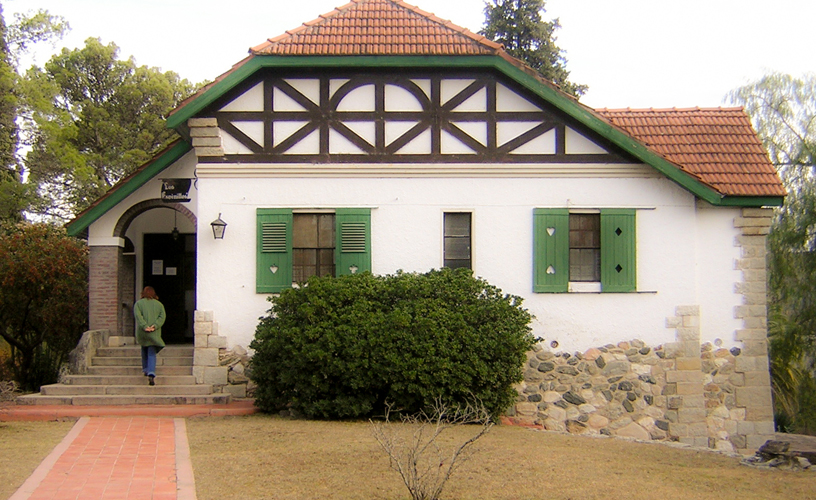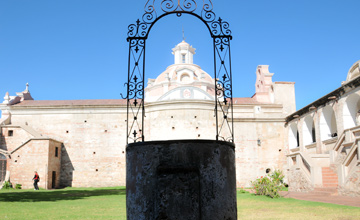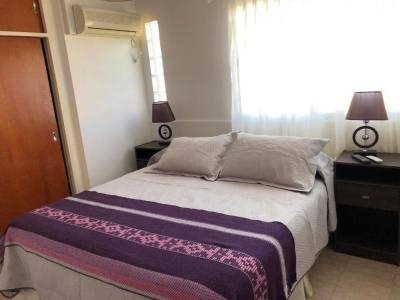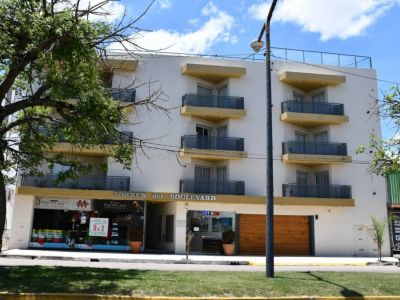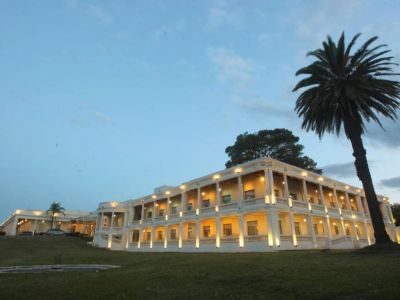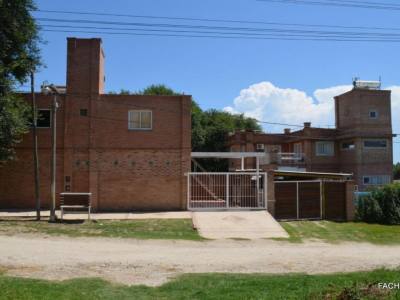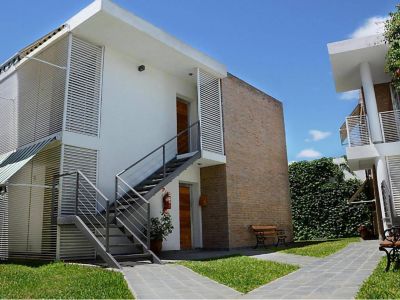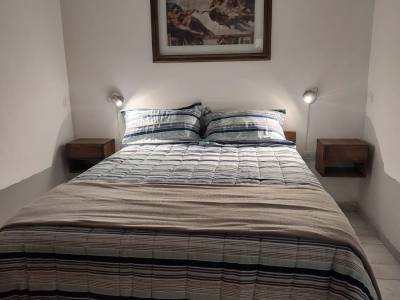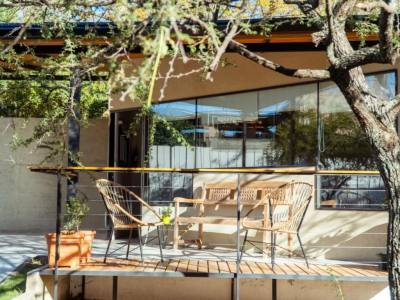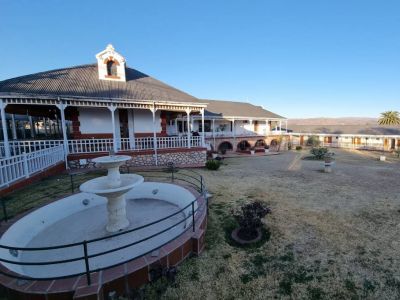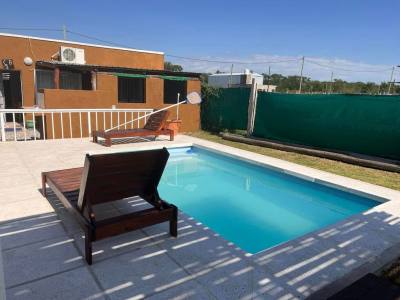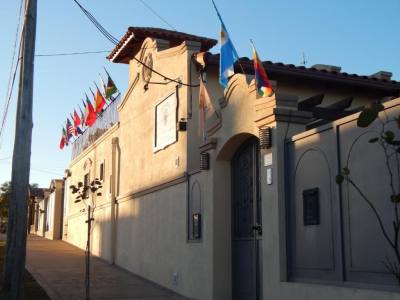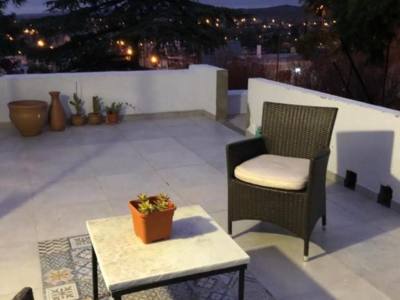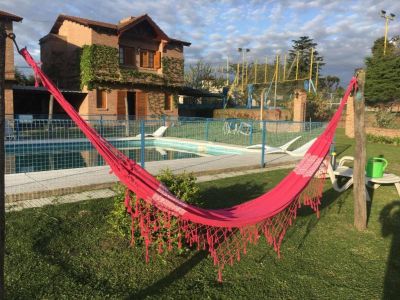We visited the Manuel de Falla Museum and learnt more about the work, life and thought of the well-known Spanish composer.
"By conviction and character, I am agaisnt the art we could come to call selfish. We have to work for others; simply, without vain or arrogant intentions."
Manuel de Falla
Alta Gracia was the Argentinian city chosen by the famous Spanish comporser Manuel de Falla to spend the last years of his life. He stayed there from the end of 1942 till November 14, 1946, when he passed away.
As a tribute to this renovator of Hispanic music, among whose works
“El amor brujo” (A Love Bewitched),
“El sombrero de tres picos” (The three-cornered hat) and
“La vida breve” (Life is Short) stand out, the community of Alta Gracia has opened a museum to commemorate his passing through the region, his work and his life.
Inaugurated on November 14, 1970, its six halls display several personal belongings, books, furniture, costumes, dishes, mail and photographs, as well as scores, both handwritten and type-written.
Manuel de Falla was a composer who reached a modern nationalism from the saloon music prevailing in Spain during his childhood. He changed into a neoclassic style strongly inspired in the Spanish music tradition of the Golden Age.
In turn, he adopted the findings incorporated by the impresionism and the “Return to Bach” -a movement fostered by Igor Stravinsky- to the European music of the time. Through the so-called “Musical Generation of 27”, he exerted a powerful influence on the later evolution of Spanish music.
The Halls
Cádiz Hall: the bed, an armchair, poncho and a portrait of Pablo Picasso are displayed.
María del Carmen Hall: it shows the machine with which his sister used to roll his cigarettes, his typewriter and will.
España Hall: this hall contains his briefcase, his jaquette, his vest and his scores.
Juan José Castro Hall: the English “The Eavestaff” mini piano used by Manuel de Falla, which was a present from Bernardo Iriberri stands out in this hall.
Alta Gracia Hall: it displays the tea set and a screen.
Library: Documentary, journalistic and discographic file of the musician.
